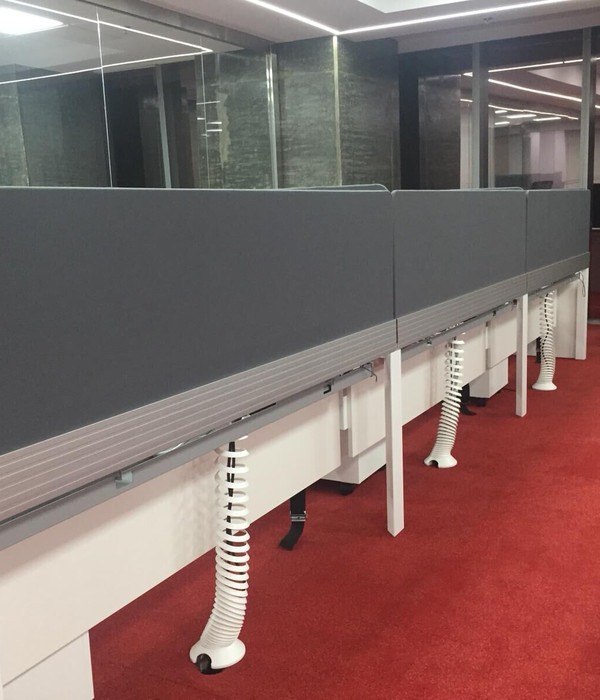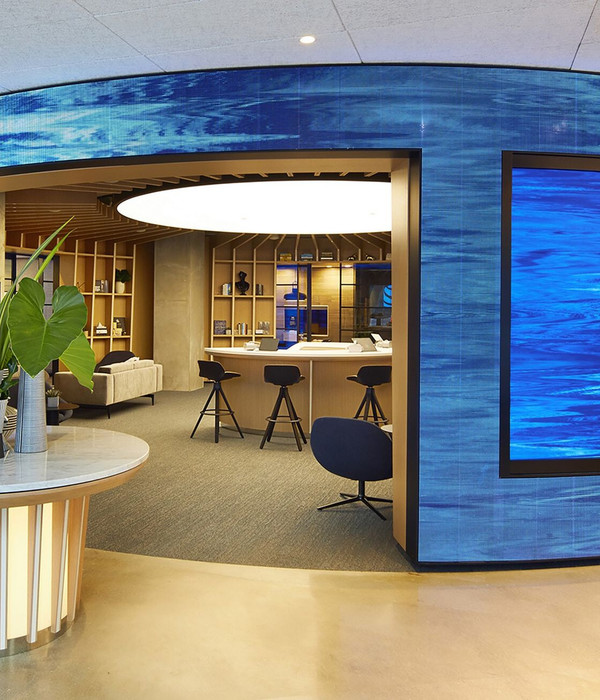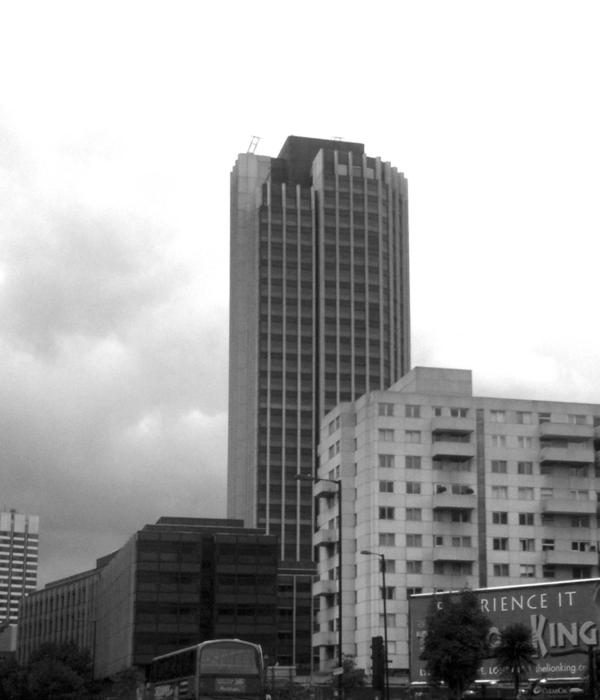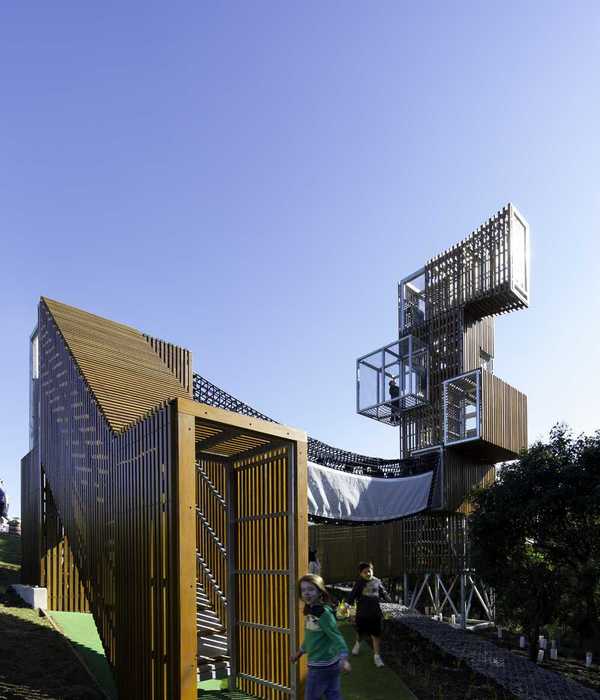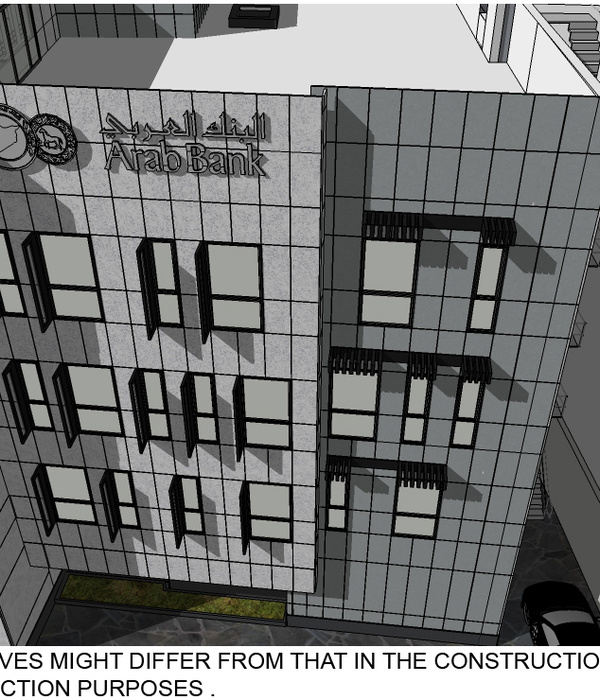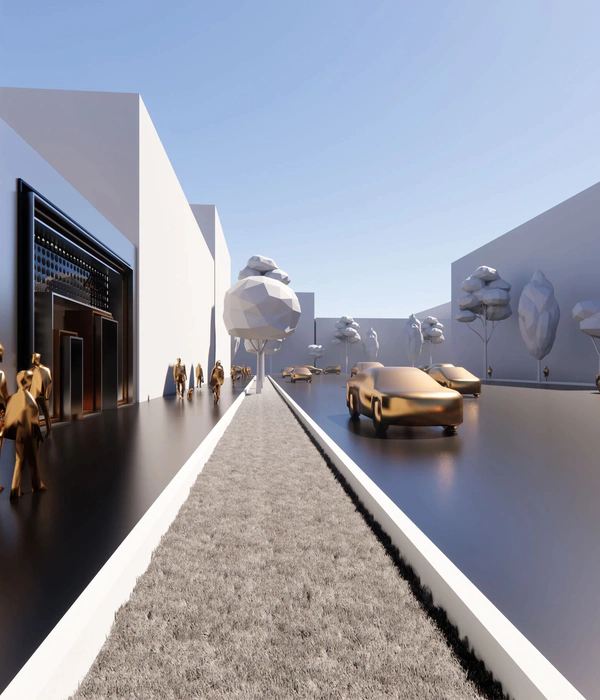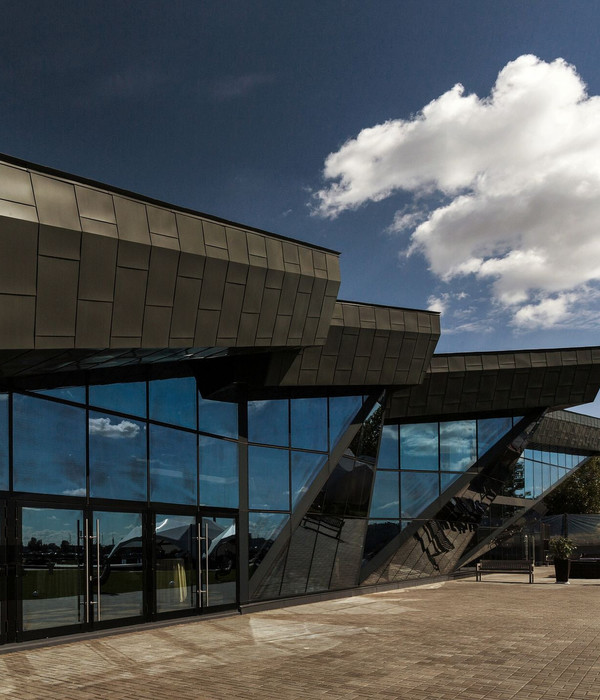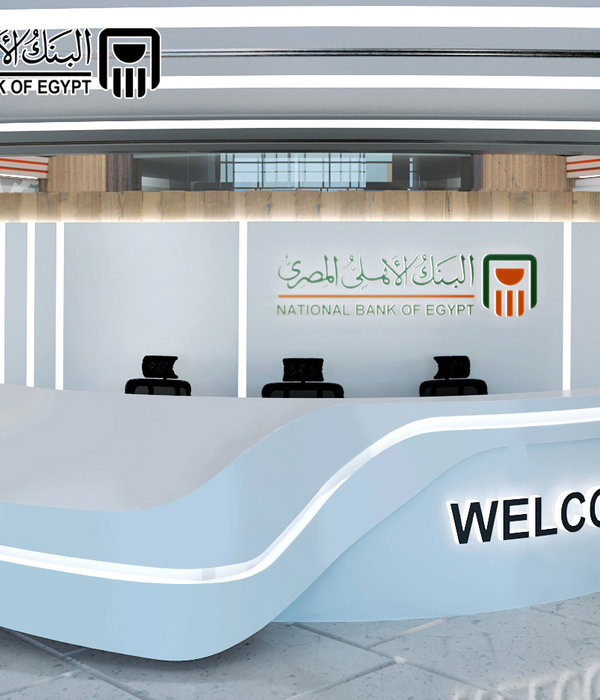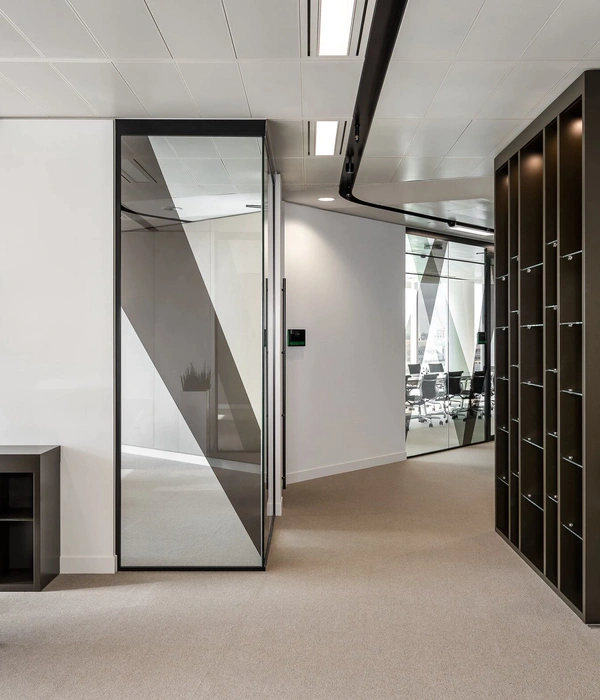位置:荷兰 阿姆斯特丹
设计公司:BETA office for architecture and the city, Elisabeth Boersma
摄影师:Marc Faasse
这是由BETA office for architecture and the city与 Elisabeth Boersma联合设计的Ru Paré社区。21世纪早期,Ru Paré学校是阿姆斯特丹Slotervaart区社会问题的象征。如今,它已成为小区的起居室,进行了非凡的社会实验。为了回应荷兰经济的紧缩措施,社会企业家提出了一个具有挑战性的小区社会模型。该模型为居民提供税务咨询、计算或语言课程等服务,以换取社区服务。在建筑层面,则通过资金回流为有利可图的新创企业提供资金支持。
In the early 2000s, the Ru Paré School was emblematic of the social problems facing the Amsterdam borough of Slotervaart. The Ru Paré is now the neighborhood’s living room and accommodates an extraordinary social experiment.In response to austerity measures in the Dutch economy, a social entrepreneur developed a model for solidarity in challenging neighborhoods. Inhabitants are offered tax advice, computing or language classes in return for community service; at the building level receding funding is supplemented with profitable start-ups.
By the end of 2013 BETA and Elisabeth Boersma were asked to test this concept in a former school. A series of events was organized which not only led to useful input for the building’s transformation, it also led to the establishment of a neighborhood enterprise. The KlusLAB would later take up renovation work both in the school and the surrounding neighborhood, stimulating the local economy.
A so-called urban-mining project was initiated with students of the Amsterdam University of Applied Sciences. A catalogue of materials from housing corporation Eigen Haard’s nearby demolition project was drawn up. Demolition companyOranje would secure the materials, after which the KlusLAB would install them in the Ru Paré. This supply chain served to reduce waste and building costs.
With its many classrooms surrounding a generous hallway, the school was great at accommodating different organizations. The school’s gymnasium was a different story altogether. Comprising more than 10% of the building’s floor area, this space represented a significant liability for the project’s fragile cash flow. It could serve as a foyer, but its position far away from the original entrance cancels this advantage. Relocating the entrance to the gymnasium proved to be a bold, cost-efficient and spatially convincing move in recoding the building.
Several ambitions were realized with this pirouette. The cash flow was reinforced by generating more small scale units with a greater marketability. By employing the economically less viable, but spatially extraordinary gymnasium as a foyer, accessibility and visibility were increased whilst forming an attractive public interior. Simultaneously on the sunny side of the building, the sunny schoolyard could now be reinvented, transforming from an undefined transit space into a functioning public courtyard.
Spatial interventions are concentrated to maximize their effect. A mezzanine with five thematic greenhouses was introduced, offering complementary space to both the foyer and the traditional classrooms. The previously introverted gymnasium is opened up by installing full-height overhead doors. With the flick of a switch the former gymnasium can be transformed from a generous foyer to an airy public interior. This rich spatial experience extends outwards onto the adjacent balcony overlooking the immediate surroundings.
Product Description. The garage style sectional overhead doors amplify the spatial relationship between the newfound foyer space (the former gymnasium) and the public garden (the former schoolyard). In the summer, the interior of the gymnasium transforms into an airy public interior with the flick of a switch. During the winter, all internal activity is communicated to the neighborhood.
阿姆斯特丹Ru Paré社区外部实景图
阿姆斯特丹Ru Paré社区内部实景图
阿姆斯特丹Ru Paré社区效果图
阿姆斯特丹Ru Paré社区平面图
阿姆斯特丹Ru Paré社区剖面图
{{item.text_origin}}

